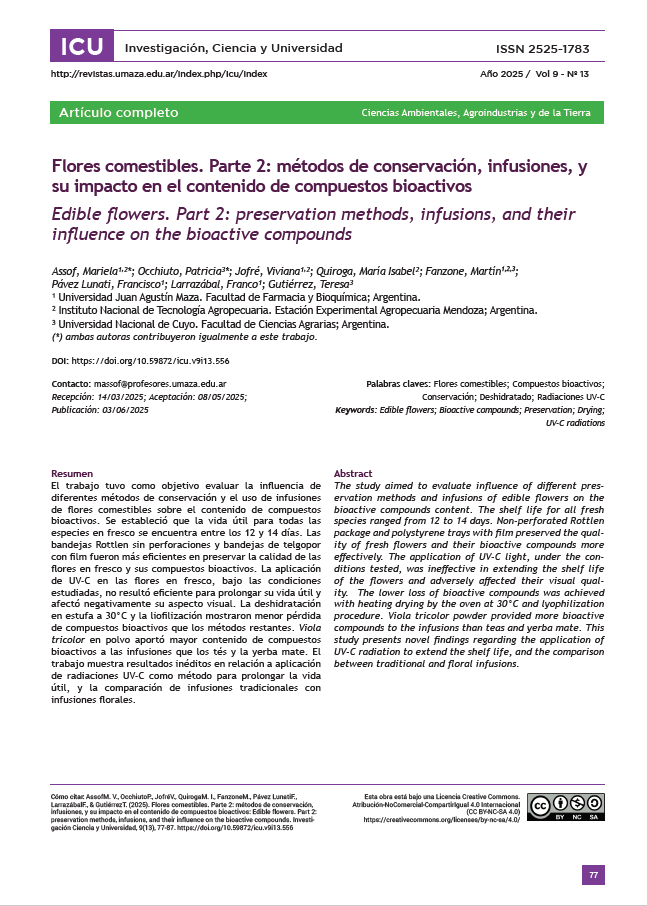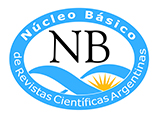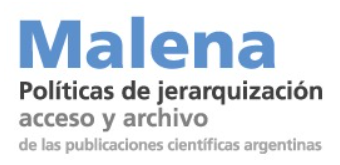Edible flowers. Part 2: preservation methods, infusions, and their influence on the bioactive compounds
Edible flowers. Part 2: preservation methods, infusions, and their influence on the bioactive compounds
DOI:
https://doi.org/10.59872/icu.v9i13.556Keywords:
edible flowers; bioactive compounds; preservation; drying; UV-C radiations, edible flowers, bioactive compounds, preservation, drying, UV-C radiationsAbstract
The study aimed to evaluate influence of different preservation methods and infusions of edible flowers on the bioactive compounds content. The shelf life for all fresh species ranged from 12 to 14 days. Non-perforated Rottlen package and polystyrene trays with film preserved the quality of fresh flowers and their bioactive compounds more effectively. The application of UV-C light, under the conditions tested, was ineffective in extending the shelf life of the flowers and adversely affected their visual quality. The lower loss of bioactive compounds was achieved with heating drying by the oven at 30°C and lyophilization procedure. Viola tricolor powder provided more bioactive compounds to the infusions than teas and yerba mate. This study presents novel findings regarding the application of UV-C radiation to extend the shelf life, and the comparison between traditional and floral infusions.
Downloads

Published
How to Cite
Issue
Section
Categories
License
Copyright (c) 2025 Mariela Vanesa Assof, Patricia Occhiuto, Viviana Jofré, María Isabel Quiroga, Martín Fanzone, Francisco Pávez Lunati, Franco Larrazábal, Teresa Gutiérrez

This work is licensed under a Creative Commons Attribution-NonCommercial-ShareAlike 4.0 International License.





















